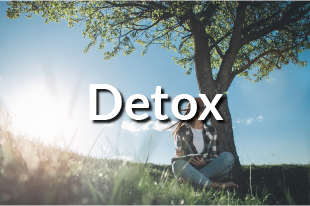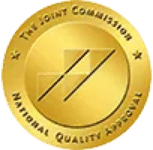What Is Peer Pressure?
Peer pressure occurs in social settings when an individual is persuaded to do something by their peers, or group of people that the individual is interacting with. For example, at a college party, an individual might be peer pressured into drinking alcohol by those around them. In social settings based around young adults especially, drinking alcohol is common. During those social interactions, especially at a party, it is often encouraged. This encouragement is an example of peer pressure, or the pressure to fit into the social setting by following the social norms.
Peer pressure most often occurs in adolescents. But, it can occur at any age. There are both negative and positive forms of peer pressure. The negative side of peer pressure can occur when the task that the individual is persuaded to do has a negative effect. For those more prone to alcohol addiction, being encouraged to drink can be a form of negative peer pressure.
Negative Peer Pressure
When an individual is encouraged to act out risky or harmful behavior, it is considered to be negative peer pressure. Adolescents are especially vulnerable to negative peer pressure when it comes to alcohol. At a younger age, where drinking is most encouraged socially, drinking becomes the way to conform to group norms. It helps adolescents fit in at social settings more enticing to younger people, like college parties, bars, or clubs. But, adhering to the social norms of group drinking may cause more harm to those prone to addiction.
Negative peer pressure when it comes to alcohol has the biggest impact on those genetically prone to addiction, those suffering from mental health issues, and those already experiencing signs of addiction.
How Does Peer Pressure Influence Alcohol Use?
Individuals in groups may feel compelled to drink alcohol in order to gain acceptance. Others may drink alcohol in a social setting because they see those around them enjoying it and want to emulate that behavior. In many social gatherings, alcohol may even be offered to individuals, causing more pressure to accept it.
Avoiding peer influence on alcohol use can be hard, as it’s highly common. In the U.S., a majority of adults aged 18 or older drink alcohol. Approximately 54.8% of men drink alcohol and 48.6% of women drink alcohol in the United States.
Another issue with peer pressure when it comes to alcohol use is the feeling of being accepted upon drinking. Individuals who especially struggle to fit in or often feel loneliness or isolation may feel elated by the ability to fit in simply through drinking. The issue is that alcohol becomes something for those individuals to use as a crutch to fit in. In those cases, those individuals can become more prone to binge drinking or frequent drinking.
Peer Pressure in Young Adults
Peer pressure to drink is most common in adolescents and young adults. According to one study, 60% of adults between 18-34 felt pressure to drink versus only 29% of adults between ages 35-54. At a younger age, individuals are more likely to try and fit in. There is a strong social culture around drinking at a younger age in places like college campuses. Being around social settings where drinking is most common makes individuals more susceptible to feeling peer pressured into alcohol consumption.
Tips to Resist Peer Pressure
- Build self-confidence: Self-confidence and high self-esteem are key pillars to avoiding peer pressure. The most confident you are to stand on your own, the less you’ll experience the desire to conform to social norms to fit in.
- Set boundaries: Some instances of peer pressure can be more aggressive than others. Setting clear boundaries with those you interact with helps show a clear and direct refusal to drink.
- Choose your social settings: While not every social setting is avoidable, you have the ability to choose who you regularly interact with. Surrounding yourself with trusted people who look after you helps protect you from influence.
Peer pressure for consuming alcohol can lead to a higher risk of alcohol addiction. If you or someone you love is suffering from addiction, there are treatments to help. Contact Behavioral Health Centers at 855-299-4472.









